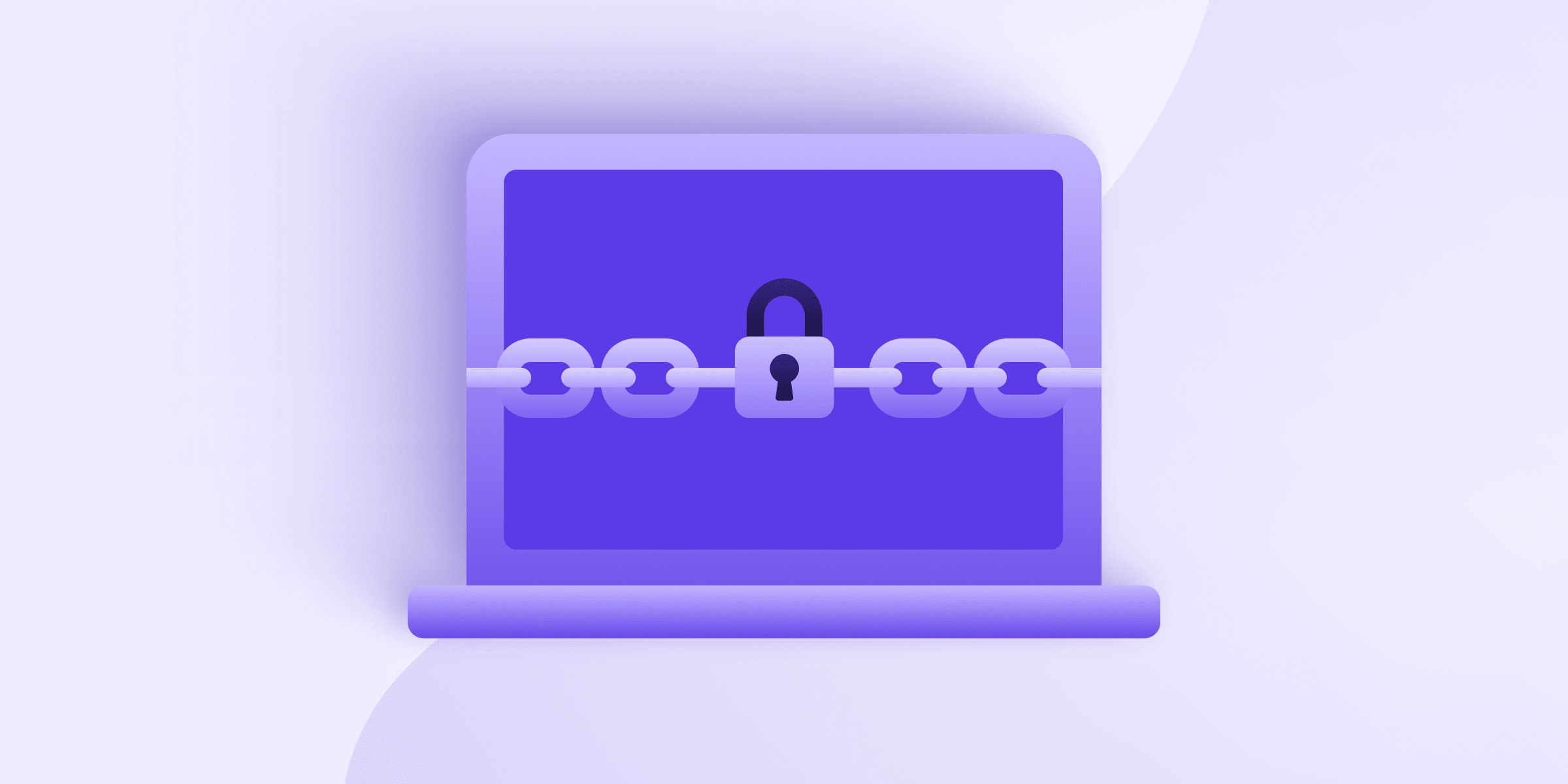At Proton, transparency is one of our core principles. Simply put, people cannot make informed decisions without knowing how their data is secured, which is why we have made all our apps open source. This “security through transparency” approach means our apps consistently face rigorous scrutiny, and it also means that any potential vulnerabilities are swiftly found and resolved.
However, raw code is not understandable for everyone, so we also commission independent security experts to audit our code and share their results. Even if you do not understand how to run a security audit yourself, you can see what experts in the field discovered.
Security experts inspect Proton apps
In September 2021, Securitum inspected all Proton apps as part of their security audit. We are happy to announce that their tests uncovered no major issues or security vulnerabilities.
You can read their letters of attestation by service below:
- Security audit results for Proton Mail(new window)
- Security audit results for Proton VPN(new window)
- Security audit results for Proton Calendar beta(new window)
- Security audit results for Proton Drive beta(new window)
Securitum(new window) is a leading European IT security company, handling security audits and tests for many of Europe’s largest companies. They also handled the security audit of the new Proton Mail and Proton Calendar(new window) in early 2021.
Read our most recent security audit reports
Transparency is the key to trust
As an organization founded by former scientists and physicists who met at the European Organization for Nuclear Research (CERN), we believe peer review is essential to ensure your result is sound. We apply the same approach to Proton. We want you to be able to examine our work for yourselves and read experts’ audits before you entrust us with your data.
You can find the code for all of Proton’s apps on the Proton Mail GitHub(new window) and Proton VPN GitHub(new window).
If you have questions or comments about the latest security audits, share them with us! Join the conversation on Twitter(new window) and Reddit(new window).
Update 29 March 2022: This article was republished using the term “security audit” instead of “penetration test” to stay consistent with past practice.











